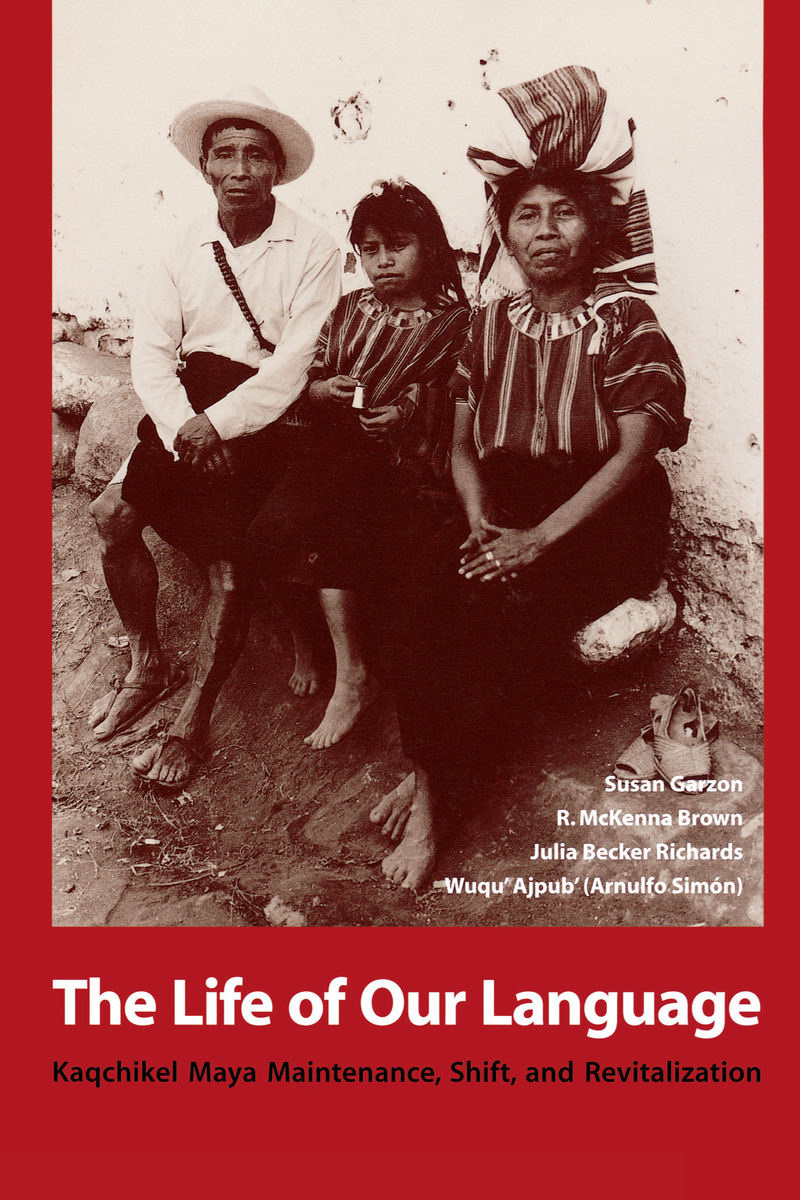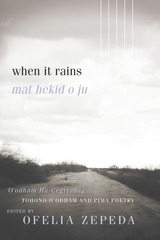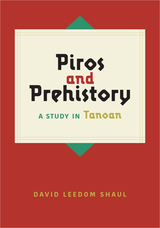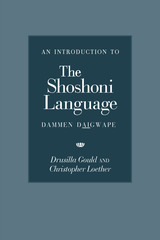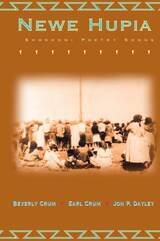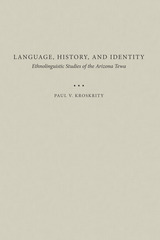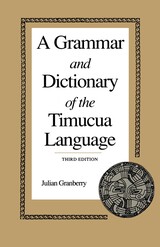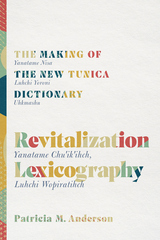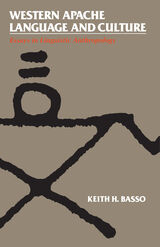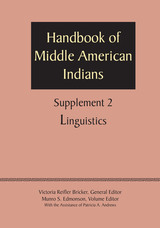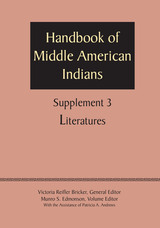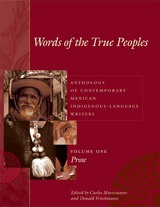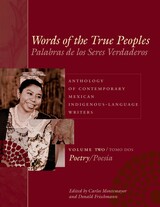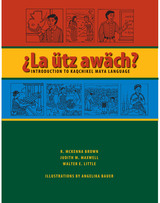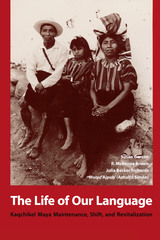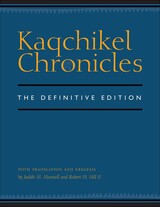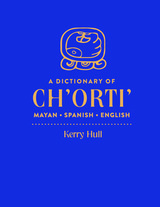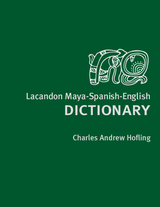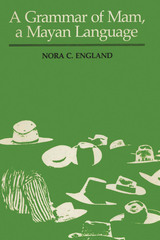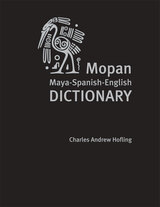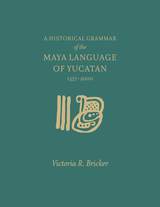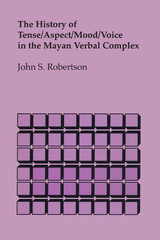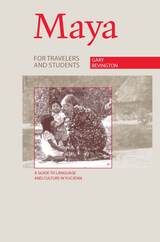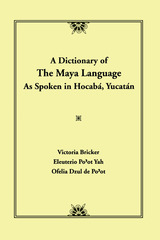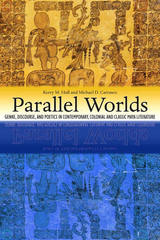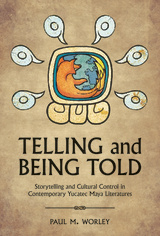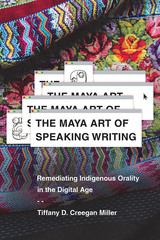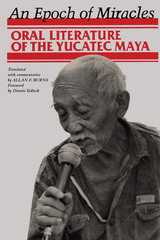Cloth: 978-0-292-72813-4 | Paper: 978-0-292-72814-1 | eISBN: 978-0-292-78899-2 (ePub) | eISBN: 978-0-292-76335-7 (PDF)
Library of Congress Classification PM3576.L54 1998
Dewey Decimal Classification 497.415
The native Maya peoples of Mexico, Guatemala, Honduras, and Belize have been remarkably successful in maintaining their cultural identity during centuries of contact with and domination by outside groups. Yet change is occurring in all Mayan communities as contact with Spanish-speaking Ladino society increases. This book explores change and continuity in one of the most vital areas of Mayan culture—language use.
The authors look specifically at Kaqchikel, one of the most commonly spoken Mayan languages. Following an examination of language contact situations among indigenous groups in the Americas, the authors proceed to a historical overview of the use of Kaqchikel in the Guatemalan Highlands. They then present case studies of three highland communities in which the balance is shifting between Kaqchikel and Spanish. Wuqu' Ajpub', a native Kaqchikel speaker, gives a personal account of growing up negotiating between the two languages and the different world views they encode. The authors conclude with a look at the Mayan language revitalization movement and offer a scenario in which Kaqchikel and other Mayan languages can continue to thrive.
See other books on: Cakchikel Indians | Cakchikel language | Guatemala | Revitalization | Shift
See other titles from University of Texas Press
